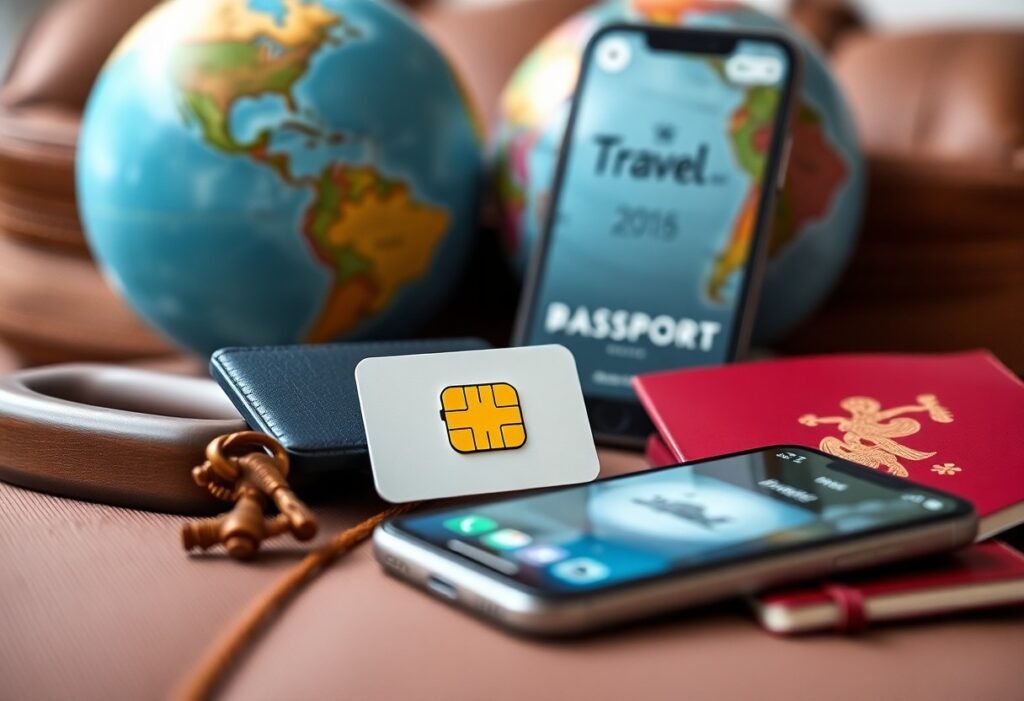
SIM cards are vital for keeping you connected while you travel. When planning a trip abroad, understanding how SIM cards work can help you avoid unexpected costs and ensure you have access to data, calls, and texts during your travels. A SIM card, or Subscriber Identity Module, is a small card inserted into your mobile device, allowing it to connect to a mobile network. Here’s what you should know before your next international adventure.
First, check if your phone is unlocked. If your device is locked to a specific carrier, you will not be able to use a foreign SIM card. Contact your provider to inquire about unlocking your phone, which may involve meeting certain requirements, such as being a customer in good standing or having paid off your device. Once your phone is unlocked, you have the flexibility to use local SIM cards abroad.
Next, consider your destination. Different countries have varying mobile network providers, and some might offer better coverage and rates than others. Research local carriers at your destination to compare options and find one that meets your needs. Many airports have kiosks where you can purchase SIM cards upon arrival, simplifying the process of getting connected as soon as you land.
There are generally three popular options for mobile connectivity while traveling abroad: using your home carrier’s international plan, purchasing a local prepaid SIM card, or using an international roaming SIM card. Your home carrier might have travel plans that allow you to use your existing SIM abroad, but these can sometimes be expensive. Local prepaid SIM cards tend to offer better rates for calls and data, while international roaming SIM cards may give you access to multiple countries with one purchase. Evaluate which option aligns with your travel frequency and budget.
When opting for a local prepaid SIM card, you’ll need to consider the data plan that fits your usage. Many providers offer different packages based on your expected data consumption, whether you plan to stream videos, use navigation, or rely on messaging apps. Buying a SIM card may require providing identification, so be prepared with a passport or another form of ID for verification.
Apart from data and calls, think about your communication needs. Popular messaging apps like WhatsApp or Skype can reduce calling expenses when both parties have internet access. However, ensure you have adequate data to use these services effectively. It could be valuable to download maps offline or save important contact details before traveling, allowing you to remain connected even without data access.
Lastly, don’t forget about your device settings. Once you have your new SIM card inserted, make sure to configure your phone’s settings to use the local carrier properly. Sometimes you may need to adjust settings for data or manually select your carrier in your device settings, especially when switching from your home carrier to a local one. This ensures that you stay connected without interruption.
By approaching your SIM card options thoughtfully, your international travels can be more enjoyable and hassle-free. Being prepared can make all the difference in your ability to stay connected and navigate various situations easily while abroad.
